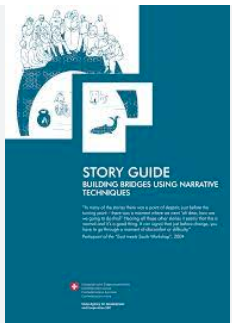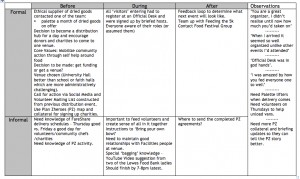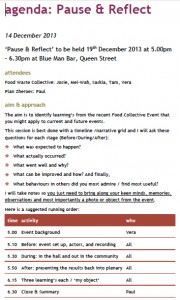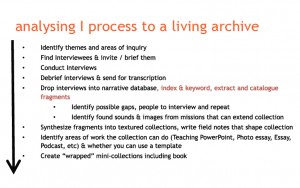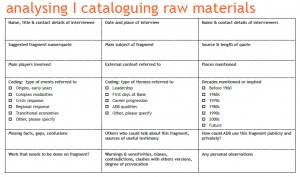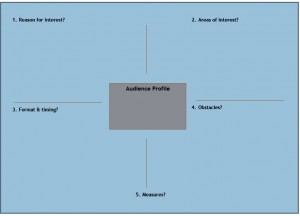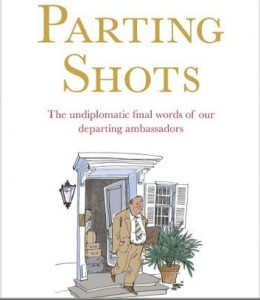Today my wife Ana upgraded her phone as her current contract had expired. Being a born negotiator she always gets a good deal but it’s a long process involving a couple of offers from competing suppliers. That brunch on the seafront was mentioned was sufficient for me to tag along. I’m glad I did. Here’s why.
After a brisk 3.5km along Eastbourne’s seafront to The Beach Deck and the best Eggs Benedict I’ve had in Eastbourne we ended up in town in the phone shops.
We started at EE, Ana’s current provider. Friendly and welcoming yes but their approach was “tell me something and I’ll fill it onto my system.” He was behind a counter and his computer screen was a barrier as was the counter we were sitting at. Ana had to write down what he was saying and ask for a piece of paper to do so. And their offer was appalling.
Next up was phones4u a chain of mobile phone shops. We’ve been there before and I’ve always liked their commercial yet subtle sales process which is underpinned by a knowledge capture worksheet (checklist) KM’ers could learn from when they are conducting interviews.
a checklist that isn’t
It’s clever. Every piece of detail the salesman needs to form an opinion about you is there but the overlapping circles are not at all threatening or official. It mixes informality with the need for capture and here’s the twist, the salesman can choose which question to pose and when depending on his assessment of the person sitting in front of him and their answers to some of the questions.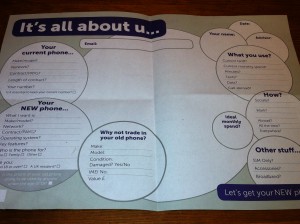
It has ‘doodle’ space so it feels like a document that is purely for taking notes when actually it is the basis on which their document of record is created.
I asked Andy Waller, an experienced salesman who listens – a huge asset, how it differed from their previous checklist. He said and I paraphrase:
The previous form was sequential and official. It pushed you to ask questions in order. This one allows you to move around at a pace that suits the customer and explore areas that they want to discuss.
why it works
- Co-created: it feels like a sketch you both create.
- Informal: it encourages you both to scribble – it doesn’t feel like it’s an official record.
- Personal: It’s all about u….is the title and that’s how it comes across.
- Structured flexibility: it’s an interview spine that in the hands of good interviewers (which is what successful sales people are) provides an insight into a prospective clients’ needs against which they can pitch a product.
- Neutral object: we focus on filling in the worksheet not the system – its a neutral space and so different from the EE approach.
Today reminded me that successfully capturing information and knowledge is very much dependent on the way you go about it. It reinforced the need for good tools and techniques and people well versed in using them and seeing the value in them. phone4u got Ana’s business today and they’d get mine next time. As their form says:
It’s all about u…
So with his and my wife’s permission I have shared the experience and the worksheet.

